|
My "18 Minute" Unleavened Bread Demonstration - Hmmmm! Must have been common core math! So...you have heard that silly “5-second rule” right? The one where you drop food on the floor and as long as it isn’t five seconds or more, you can still pick it up and eat it? Well, have you heard the 18-minute rule? It is the one where people will INSIST the unleavened bread you make for Passover is not “kosher” unless it is mixed then baked within 18 minutes. If it takes you longer than that, you cannot eat it during the Feast of Unleavened bread. Recently I had the opportunity to do a demo video – unfortunately it is a very LONG demo video! Even though I sped up a lot of the sections it turned into a 26+ minutes long! I wanted to take that 18-minute challenge. I had watched several videos in preparation about how women can bake their unleavened bread in less than 18 minutes. Now, I don’t want to point fingers or be accused of fault finding, however, there were a lot of differences between what they demonstrated and ancient bread making. What I wanted to do was different. I wanted to show a simple way to make flat bread like the ancient peoples did. Some of the differences that I noted were these: 1) MANY families ONLY use white flour in their recipes. I do not. In our kitchen we only use a whole grain flour – 100% whole wheat flour which is a hard white spring wheat called Prairie Gold mixed with a 100% hard white SPROUTED wheat. Both of these flours are NOT ground by me. Whole wheat flour needs to be kneaded for a number of minutes before baking it. 2) Every video I watched said that rabbis only allow flour and water, sometimes salt to be added. Yet each added OIL to their dough! Oil was a precious commodity in ancient days, and although they may have had it in the kitchen area of their home, it is likely not an ingredient used commonly in bread dough. 3) Many ensured they poked holes in the flatbread and also they noted doing that so “that it will not rise (too much) in the oven.” Two issues I have with this are that they would not have bothered poking holes in their flat bread in Ancient Egypt. It was simply patted out and tossed to cook. AND the matzah each lady made in her video DID end up puffing up just as pita pockets do – only not quite as puffy. Each had bubbles on their finished product! Which means steam formed lifting the dough apart – even though they were under the 18 minutes rule. 4) Several mentioned that since they baked their matzah within 18 minutes, it is now certified kosher for Passover. I don’t know if they are or are not familiar with the rabbinic rules/laws which define something being kosher – it must be observed and certified by the rabbis. NOT by individuals in their own kitchens. There is a lot more to this 18 minute rule than many know. I will be addressing that in another blog and video. For now, let me say, MY approach is to simply go at this from an Exodus perspective. Plain and simple. For me this is also a”prepping” recipe because these ingredients are all IN our pantry as part of our family grocery store! I used filtered water, Pink Himalayan sea salt, and whole wheat flour mix. Because of weather, I DID have to use my electric range and cast iron skillet. Yet, some day soon I will do another video by using the BBQ grill as my open fire (we are not allowed to burn open fires at this time for safety reasons!), and a hot cast iron griddle. One reason why I used the cast iron skillet is because it resembles discoveries made by archaeologists. These discoveries show that ancient people in the middle eastern areas DID use something called a fire dome. Even today many Bedouin people use one that is made of metal – some call it a “saj” pan. It fits over an open fire or a gas burner, heats up and they toss the dough on those domes to cook. These types can cook one large or several smaller breads at one time. My skillet unfortunately does only cook one flat bread at a time. In the video, I present a dome cooker that we own, a terracotta Tagine. It is a dome cooker that comes with a base and a cone-shaped top. Ours, unfortunately is for decoration only. Many can be found online for cooking meals in which are food-safe. We have had meals served in a Tagine in Mediterranean restaurants and they are moist, delicious and very enjoyable! My hope in doing the video demonstration was to show how simple it is to make flatbreads as they would have done thousands of years ago. It does not need to be a burden or a race! As Yeshua says, “My yoke is easy and my burden it light.” Matthew 11:30 I took a simple measurement of flour, about 3 cups or so, put it in a bowl to reach room temperature. I did this because I keep our ground flour in the freezer to store longer. Then I brought about 2 cups filtered water to room temperature – it was very cold that day and the water needed to be WARMED, too. I mixed 1 tsp or so of salt into the flour, then added the water. Mixing it together until mostly combined. After this, I removed the dough to the counter, and kneaded it for 10 minutes. I was only supposed to knead it for 8 minutes but there were still some lumps in it at 8. After kneading, I cut it into about 10 pieces. I tried pressing it out with my hands but it was a little tough. I did need to get out my rolling pin to press them out to a good size. Then I slapped them, one at a time, into the hot skillet which I had been preheating for a number of minutes. I cooked the first side, then flipped it to cook the other side. It was interesting to watch as I had done the experiment a few times in advance to test how long it would take. Each time I got a little bit faster at each step, but it took a lot of time to cook all the pitas! AND with each batch, some puffed up while others did not. AND I added NO YEAST. Also no baking powder, baking soda or eggs – even though, in ou home, we do not consider any of these three as BIBLICAL LEAVEN. The puffing which happened is NOT a leaven reaction, although many want to believe it is. It is merely the steam from in the dough forming by the hot pan which then causes the dough to separate leaving a pocket. Many of the breads, though, simply stayed flat breads! Interestingly enough, there IS actually yeast IN the dough that I made – I never added the yeast, but it IS in there! It is something that occurs naturally in our air – there are various types of yeast. No mater where we live, it exists. Rabbis and “experts” will insist that yeast does not start to rise until after 18 minutes. However, having lived in many different places, I have seen the yeast begin to activate in less than 5 minutes at times! Even as I kneaded the dough we used the day of filming – a bubble was forming inside the dough as I worked with it. You could feel a little “puffing up” happening in the middle. We cannot perfectly eliminate all the yeast in our air – and without knowing the time stamp of the yeast in every tent, hubble, home, or area, we will not know the reactive nature of that yeast! The Israelites lived in homes made of brick and stone, with floors most often made of dirt. Wild yeast is just THERE. No matter how much they cleaned. We don’t often take the time to look at a situation in scripture from the ancient mindset. I often hear people claim I need to look at something through a “Hebrew mindset” while I challenge everyone to, instead, put theirself in that time period. It does not need to be Hebrew or Greek mindset. But we do surely need to take our modern mindset, set it aside and look at things from an ancient perspective. Years ago, I had a sister scold me for making a food for brunch that was a buffet style meal. I had to heat up the meat to be able to serve the meal Sabbath morning. This sister INSISTED that the Ancient Israelite people would NEVER heat their food up on Shabbat! THEY would have used a THERMOS to keep the food hot until serving. I simply stared blankly...THAT is the perfect example of thinking from a MODERN mindset! They did not have thermoses back then! But they DID have pots which could have been considered an ancient version of a “crockpot!” It was a ceramic pot with a pointy bottom. Sometimes these were used to haul water. Yet, other times, they were used to sit next to the firepit, pressed into the soil that surrounds it. Archaeologists assessed several discoveries and found that some form of meat stew or soup would have been kept inside that vessel! NOT water! Imagine cooking your Sabbath meal and placing that pot of stew next to the fire to keep it warm all night until time to eat again. This is just one example of how we need to stop – take a look backward and put yourself in their tent! ANOTHER tool that the ancient people used was called a kneading bowl or trough. Scripture even speaks of this great blessing – Exodus 12:34 “The people took their dough before it was leavened, their kneading troughs being bound up in their clothes on their shoulders.” What would it have been like to use this simple bowl to mix their dough in daily? Each day they would set aside a piece of dough from the mixture and save it for the next days dough. When they made their daily bread, it would be allowed to lift, or leaven. HOWEVER, in the Exodus, they needed to get RID of that dough ball from previous uses. Instead, they were required to mix up NEW dough, not allowing it to rise. Then roll out their dough balls into flat breads quickly baking them for their Passover meal. I do not own, yet, a wooden kneading trough, but I do own a ceramic kneading bowl. It has a flat spot on the edge of the bottom so that I can tip it on its side at an angle and knead the dough with one hand! I love that bowl for kneading dough. So, how did my experiment turn out? Well, after trying to do it 3 different times, I do have to say, as far as the 18 minute rule goes: EPIC FAIL! It took over an hour each time I made a batch. The shortest time was when I preheated baking stones in the oven and baked 4 at one time! As far as having unleavened bread that we ate through the entire 7 days? EPIC SUCCESS!!! It was delish. Every batch. We ate pita pocket sandwiches, grilled cheese on flat bread, tuna melts on flat bread, flatbread and hummus, crispy, chewy, soft, and lovely flat breads! We could not complain. I invite you to watch the video and try for yourself to make a simple batch of unleavened bread – as the ancient people would have done. Creating a living historical example is one way to truly understand the stories in scriptures – in this case, the story of the Exodus. Blessings and Shalom. Comments are closed.
|
Searching for Something?NOTE: Comments may be closed on most posts. In lieu of comments we asked that you use our contact form, or contact us by social media.
Partner with our work with a donation of $10 or more to help spread our message of truth and hope for all women. Thank you.
Lead Author (Bio)Yehudit (Judith) Associate Author
Jim, (Judi's husband), has Sephardi Jewish ancestry and is a minister and head of Shofar Productions. Jim was a denominational pastor, hospital chaplain, and former director of a non-profit community organization. Archives
July 2022
Categories |
Services |
Ministry
|
|
|
Compensation Disclosure: We participate in affiliate programs and are compensated. Therefore, if any reviews are given on this site they should not be considered unbiased reviews or an unbiased endorsement. Your purchase helps support our work so we will actively market and suggest products we are compensated for. We do are best to find trusted companies to affiliate with, but you are required to do your own due-diligence with any product or service prior to purchasing. We are not responsible for third-party actions, inaction, promises, guarantees, delivery, payment processing, or handling of your information, or after-sale service or support. Use of this site is your agreement to all the terms posted here or linked.
|
Scripture use: Whenever possible we will use the following Public Domain versions; the King James (KJV), Youngs Literal Translation (YLT), or World English Bible (WEB) versions. However, for greater clarity we may use other copyright versions of the scriptures by permission or under fair use. Click Here to see copyright information and statements for each version.
|
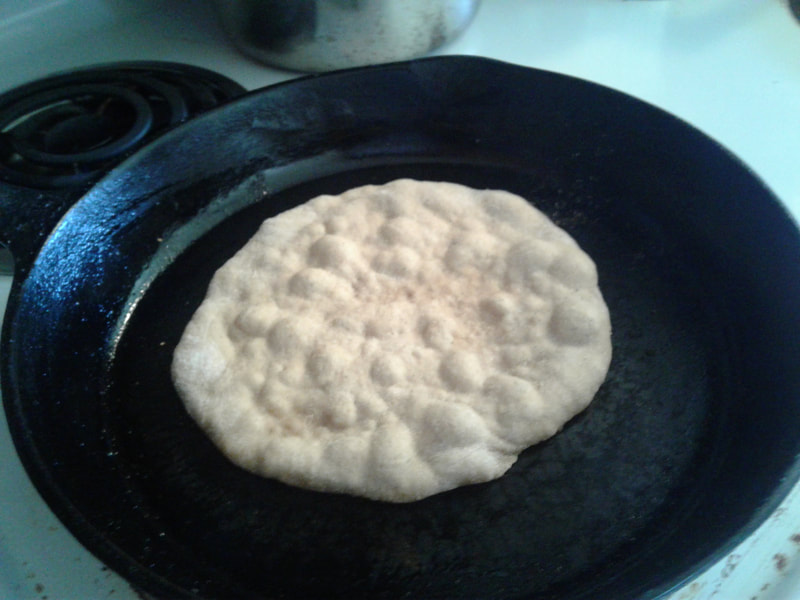
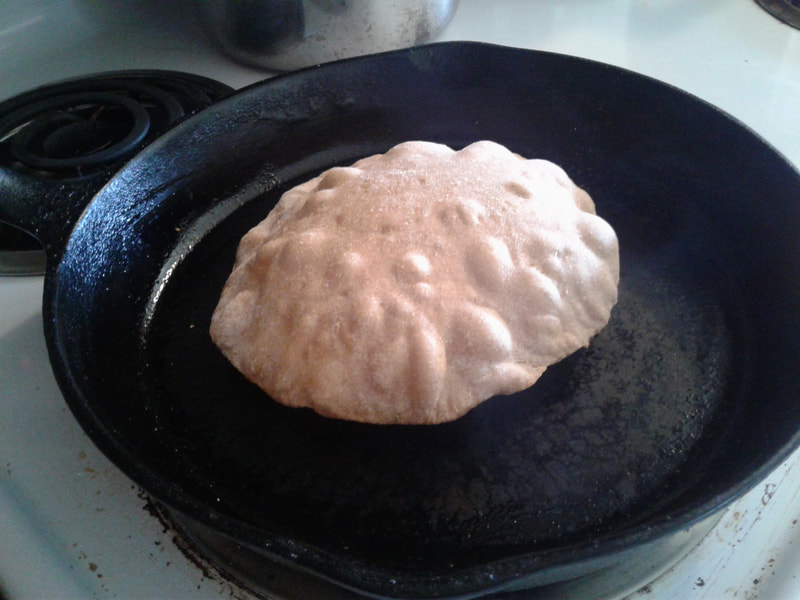
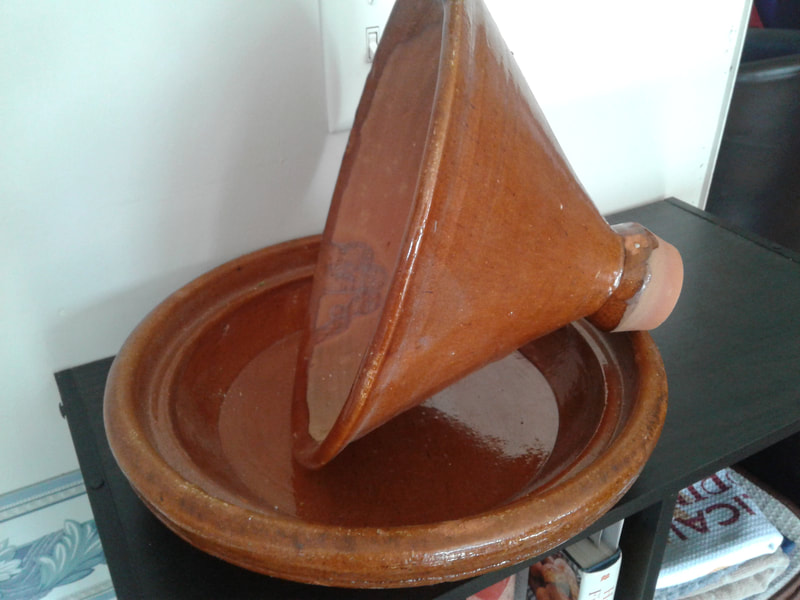
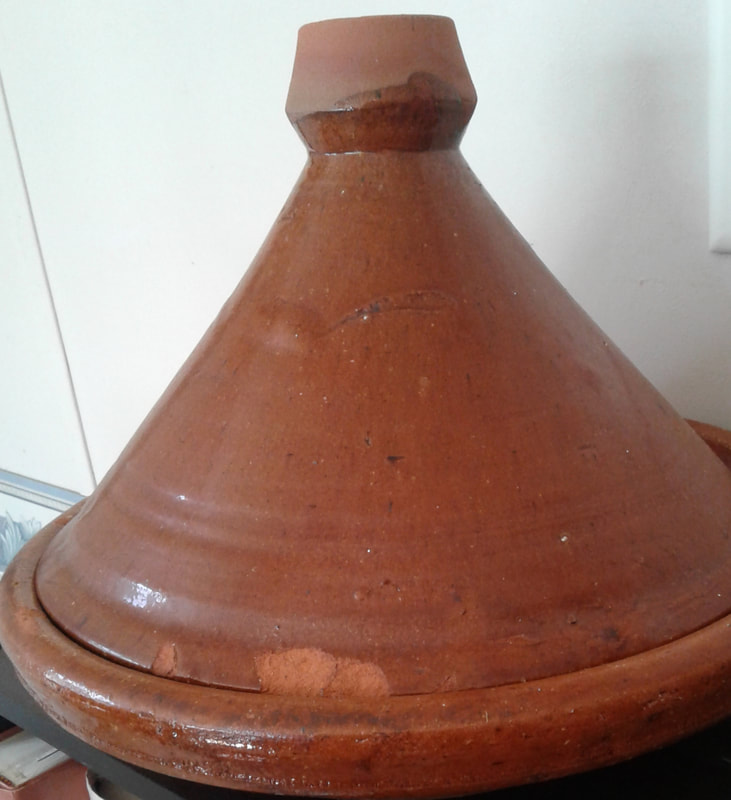
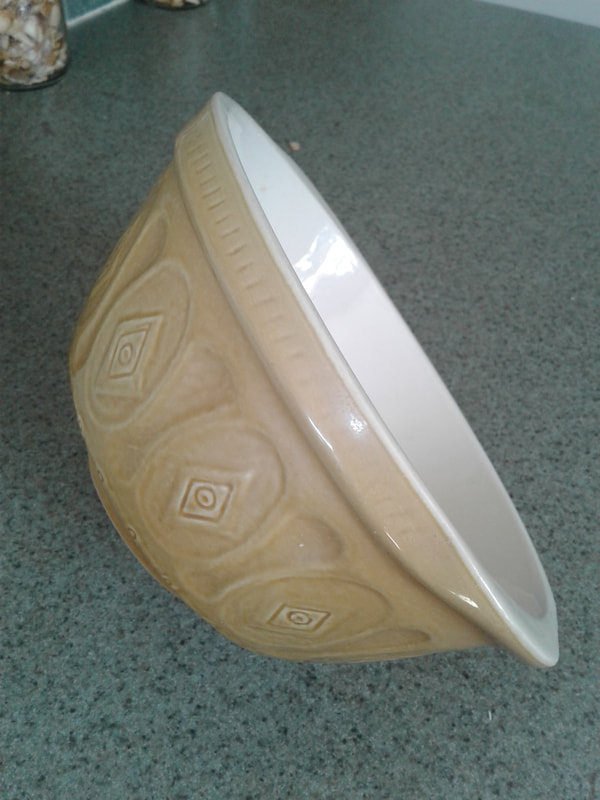
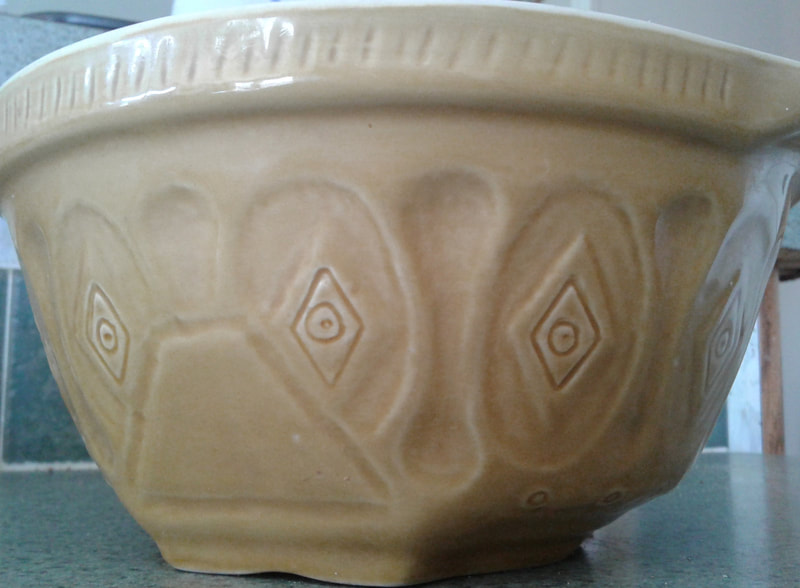
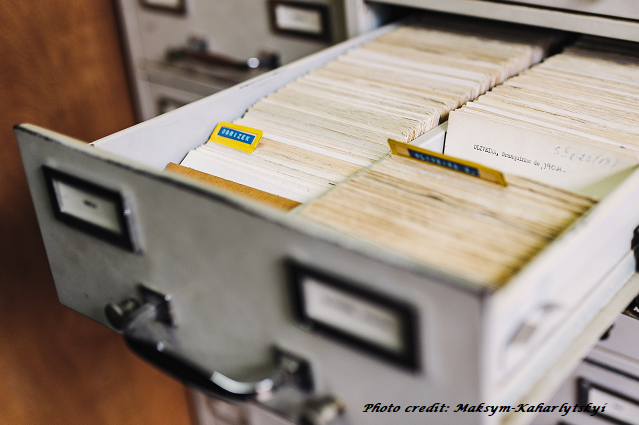

 RSS Feed
RSS Feed